How Nigeria Spent Over ₦13 Trillion on Fuel Subsidy in 15 Years, Enough To Build One Dangote-sized Refinery

For over five decades, the removal of oil subsidies has been a contentious topic in Nigeria’s political landscape, consistently eliciting mixed reactions among Nigerians. According to Afrobarometer, 62% of Nigerians oppose the government’s removal of fuel subsidies, a policy that has thwarted several attempts by previous administrations to phase out the subsidy system, which purportedly began in 1970.
Finally, on May 29, 2023, during his inaugural speech, President Bola Tinubu claimed that “Subsidy can no longer justify its ever-increasing costs in the wake of dwindling resources.” His ‘subsidy is gone’ comment sent shockwaves through the nation, triggering panic buying.
In just a matter of hours after the speech, the price of Premium Motor Spirit (PMS), commonly known as petrol, surged by 117.39%, skyrocketing from ₦230 to ₦500 per litre nationwide. Five months later, petrol prices still hover around ₦600 per litre, leading to speculation that the government may be clandestinely subsidizing fuel prices.
Despite the absence of an official statement from Tinubu’s administration regarding the return of fuel subsidies, SBM Intelligence reported that “since July 2023, retail petrol prices have remained unchanged, despite increases in crude oil prices, refined petrol costs, and a depreciation in the value of the Naira.” Recall that in June, shortly after the subsidy removal, Neusroom explained that petrol prices in Nigeria would be determined by global market forces, including the price of crude oil, supply, and demand dynamics, and exchange rates.
On October 3, 2023, Joe Ajaero, the national president of the Nigeria Labour Congress (NLC), reacting to the speculation that the Federal Government is subsidizing petrol at the current price, said that he’ll be the happiest person if the subsidy is reintroduced so that prices of PMS will return to ₦185.
“So if they are gradually bringing it back, now you will see that it would be a plus to not only the workers but to all Nigerians,” he said during an interview on Channels Television.
He continued “If as of today, they are subsidising it at ₦600, I would not say remove the sealing. Even for the sake of accountability, I would know that they (the federal government) have realised their mistake and probably they want to see how they can correct it.”
While significant uncertainties persist in the current non-subsidy regime, Nigeria reportedly spent over ₦13 trillion on subsidies between 2005 and 2021, as reported by the Nigeria Extractive Industries Transparency Initiative (NEITI). This sum could have been sufficient to construct a refinery of the scale of the Dangote Refinery if the exchange rate at that time (approximately ₦400) were considered.
The Origins of Fuel Subsidy in Nigeria
In 1973, members of the Organization of Arab Petroleum Exporting Countries (OAPEC), led by King Faisal of Saudi Arabia, imposed an oil embargo on several countries, including Canada, Japan, the Netherlands, the UK, and the US. These nations were seen as supporters of Israel during the Yom Kippur War. Oil prices skyrocketed by over 300%, surging from $3 per barrel to nearly $12 per barrel globally. To cushion the impact of this price hike on Nigerians, the Nigerian government, led by Yakubu Gowon, introduced a subsidy system that covered the landing cost of petrol and other refined petroleum products in Nigeria.
While data on the exact amount Nigeria spent on subsidies between 1973 and 2004 are not readily available, President Olusegun Obasanjo spent ₦608 billion in two years. This expenditure almost doubled to ₦1.372 trillion during the three-year tenure of Umaru Musa Yar’Adua. Between 2010 and 2014, when Diezani Madueke served as Nigeria’s petroleum minister, the country reportedly spent over ₦5 trillion on fuel subsidies.
In May 2023, former Secretary to the Government of the Federation (SGF), Boss Mustapha, disclosed that Nigeria had expended over ₦13 trillion on fuel subsidies over 16 years.
“From that Policy Advisory, over ₦13 trillion is documented to have been expended on the payment of subsidies between 2005 and 2021. The figure, in relative terms, is equivalent to Nigeria’s entire budget for health, education, agriculture, and defense in the last five years, and almost the capital expenditure for ten years between 2011 and 2020,” he said.
Although the 2023 budget had allocated ₦3.36 trillion for the first six months of the year, the administration of former President Muhammadu Buhari, who also served as the minister of petroleum, reportedly had the highest subsidy expenditure, estimated to be between ₦7 to ₦10 trillion.
With the current petrol price hovering around ₦600, Nigerians are spending more on petrol than all but two countries within the Organization of the Petroleum Exporting Countries (OPEC).










